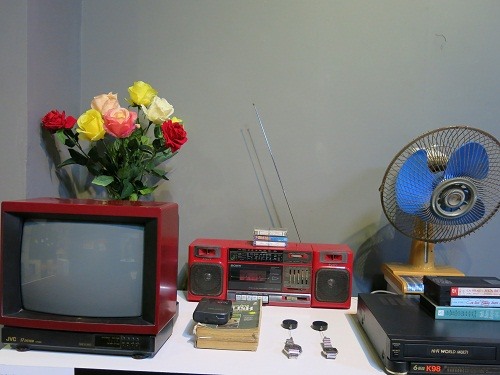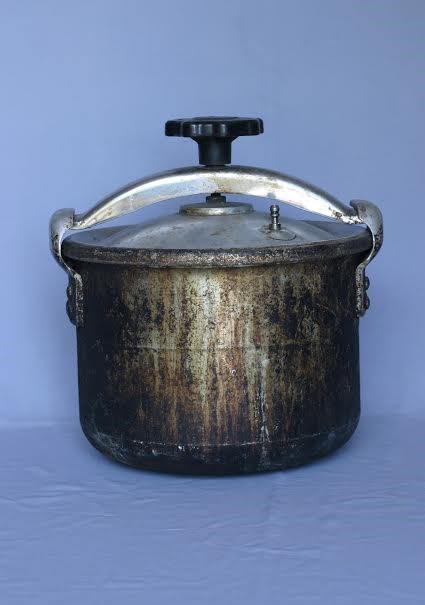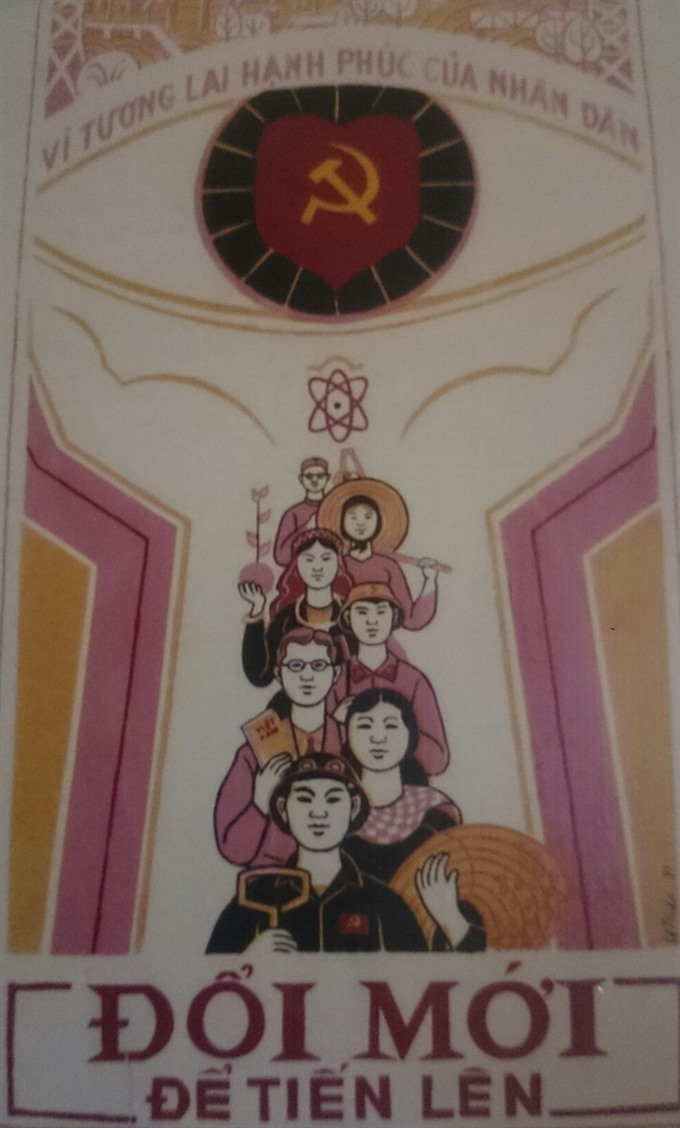 Life & Style
Life & Style

The exhibition Đổi Mới – Journey of Dreams will run until the end of this year at the National Museum of History, 25 Tông Đản Street, Hà Nội.
 |
| Familiar urban family gods from the Đổi Mới period. — Photo courtesy of the museum |
HÀ NỘI — From now until the end of the year, a visitor to the National Museum of History can gaze at a wardrobe, a sewing machine, a Gimiko clock and a pressure cooker and feel a sense of pride.
These old-fashioned items will satisfy viewers not only with their aesthetics but also with their history: they were the first Vietnamese products made during the đổi mới (renewal) period.
This period is the focus of an exhibition entitled Đổi Mới – Journey of Dreams being held at the Việt Nam National Museum of History.
14435159PM.JPG) |
| A photo of General Secretary Nguyễn Văn Linh (second from right) visiting a cotton mill factory in Nam Định Province. — Photo courtesy of the museum |
All of the exhibition’s objects and documents tell the story of economic reforms initiated in 1986 at the sixth National Congress of the Communist Party of Việt Nam.
The exhibition celebrates 30 years (1986-2016) since the introduction of a socialist market-orientated economy and traces the shift’s impact across the whole country, from farms and factories to families.
“We will never forget the subsidy period [between 1975 and 1986] when all food, goods and services were purchased with coupons or food stamps issued by the government,” said exhibition visitor Lê An Khánh, a Tây Hồ District’s resident .
“Life was so difficult with poverty and unemployment. But when the Government abolished the state-subsidy mechanism and made some first economic reforms in the đổi mới period, life gradually changed. We turned from a country in which people were starving to the world’s third largest exporter of rice.”
“The exhibition helps us recall that time,” he said.
 |
| A pressure cooker made in Việt Nam. — Photo courtesy of the museum |
By the late 1990s, the success of the business and agricultural reforms ushered in under the campaign was evident. Many private businesses had been created, and poverty was nearly halved.
While đổi mới opened the door to economic liberalisation in the country, it was also a watershed moment. It galvanised the nation, fostering the culture and integration, said Nguyễn Văn Cường, the museum’s director.
“Đổi mới captured this extraordinary spirit of innovation and change in Việt Nam that swept the country - north to south – presenting for the first time the voice of politicians, scientists, farmers, historians and citizens who had the vision and foresight to build a better future for us all.”
“Visitors will understand how the policies of 1986 marked a turning point in the history of Việt Nam and set the country on a path of economic recovery.”
“The reforms rescued the country from a period of economic stagnation and food shortages. Faced with this crisis, the slogan “Đổi mới Or Die” became emblematic of the urgent need to reform and change.”
 |
| A poster celebrating the Đổi Mới movement. — Photo courtesy of the museumThe exhibition displays images of the leaders who made important decisions toward the survival and development of the country, such as Trường Chinh (1907-88), Nguyễn Văn Linh (1915–98)—the first Party general secretaries of đổi mới period—and Võ Văn Kiệt (1922-2008). |
Kiệt was known as the leader who “broke the barriers”. He attempted the change regulations to help HCM City grow. He conducted many ambitious projects during the đổi mới period, such as the construction of 500kV electricity transmission lines from the north to the south, the Hồ Chí Minh Road and Mỹ Thuận Bridge over the Cửu Long (Mekong) River, which demonstrated his resolve and leadership.
Also on display are new products from Vietnamese brands for export. They highlight remarkable enterprisers like Lê Xuân Phổ, 74, who exported Bát Tràng ceramics to the foreign market, and Nguyễn Thị Hòe, owner of Kova Paint Group, who received Kovalevskaya Award for female scientists in the US.
The exhibition also reflects the national culture’s transformation toward a resurgence of religious and cultural activities. Religious pilgrimages, Mother Goddess ceremonies and Buddhism—as well as rituals and festivals—blossomed and now have become part of the national culture.
The exhibition runs until the end of the year at the museum, 25 Tông Đản Street, Hà Nội. — VNS









